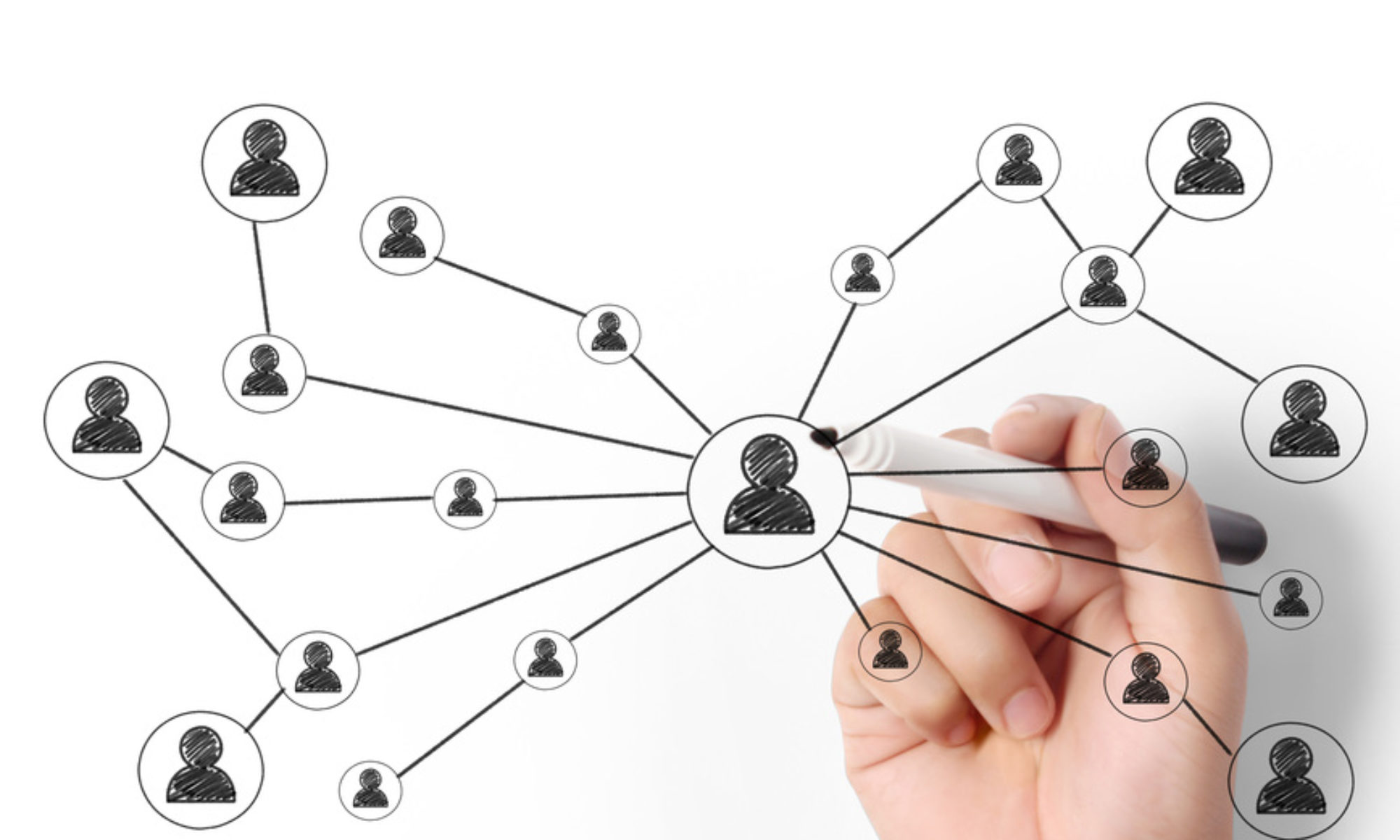Information on each participant’s social networks was collected in two ways: through the communication event logs obtained from participant’s smartphones on who they communicated with (see Communication Data section) and through network surveys. This section describes the network survey data. More detailed information about the surveys can be found in two reports — Network Survey Cleaning and Network Survey Edge Data authored by Matthew Chandler. The codebook for the merged network surveys can be found in Documents.
Like the basic surveys, the network surveys were administered every 3-4 months using Qualtrics survey software. Tier 1 participants were given the survey prior to arrival on campus so their data includes information on their social networks prior to arriving at ND. Links to copies of all the network surveys in both pdf and doc form are in Table 4: Basic Survey Questions by Wave.
The network data was collected using the typical methods that researchers use to collect network data through surveys with name generators and then name interpreters. The name generators are used to generate the names of people (alters) in a person’s (the ego’s) social network, while the name interpreters are used to gather information on each alter and the nature of the tie with that alter. We chose to use a single general name generator:
We would like to know who you consider to be in your social network. In the spaces below please list up to 20 people with whom you spend time communicating or interacting.
This broad name generator allowed respondents to recall as many of the people that they interacted with irrespective of how frequent the interaction was and how the interaction occurred. Beginning with Wave 3 (Summer 2016), after listing up to 20 alters, respondents were shown on their screen the names of the 20 alters they had named in the previous network survey and asked if they wanted to add any of these people to their list of 20 alters. Respondents could add up to 5 alters in this manner. This means that starting with Wave 3 respondents could list up to 25 alters.
The data are organized as an edge list in which each record is a tripet {egoid, alterid,wave} consisting of a study participant (egoid) and one of her alters (alterid) that she named in that survey wave. The ego’s and alter’s are coded using the anonymized case code numbers described in Data Linkage and Identification , so researchers can link records within the network survey data set (i.e. an alter that is named more than once by the same ego, alters that are named by two different egos) and link records in the network survey data to records in other data sets (e.g., the basic survey data, communication event data). Altogether there are 35,912 data records.
For each alter listed, a series of questions were asked about their traits and the relationship with the ego. See the codebook for detailed information including in which waves various questions were asked.
Alter traits obtained include:
-
-
- sex
- age (in categories)
- race/ethnicity – 5 categories, allows for multiple choices
- religious affiliation
- educational attainment
- alter’s relation to ND (e.g. student, roomate, same dorm)
- support received (financial, comfort, social, advice)
- assessments by the respondent (ego) of the alter’s
- health (waves 3, 4, and 5)
- happiness (waves 3, 4, and 5)
- physical activity (waves 4-8)
- sleep (waves 3, 4, and 5)
-
Relationship (tie) traits:
-
-
- Relationship type
- Family (parent, step parent, sibling, step sibling, other family)
- Romantic partner
- Friend
- Closeness
- Trust
- Relationship duration (in years)
- Frequency of interaction (daily, weekly, monthly, less often)
- Subjective similarity assessment (waves 1 & 2 only)
- Similarity to ego on 5 activities (specified by ego)
- Relationship type
-
The last similarity measure is based on five physical activities the ego named as activities that s/he likes to do. After naming the activities, the respondent was asked for each activity and each alter whether or not the alter liked that activity. This network survey dataset contains as variables the codes for each of the activities the respondent named using the coding schema described in Table 7: Consolidated Activities & Clubs Coding Schema. These five variables also appear in the merged basic survey data.
In addition each record contains the position in ego’s ordered list of names, from 1 to 20. Numbers 21-25 indicate order in which alters from prior network survey were listed by the respondent.
Alter-Alter Edge List
Finally, we asked respondents to tell us whether or not each of their alters knows each of the other alters. From this data we created another edge list (Alter-Alter Edge List) listing the pairs of alters named by an ego. Each record is a quadruplet {egoid, vertex1, vertex2, wave} in which the respondent (egoid) in wave reported that two of their alters (vertex1 and vertex2) know each other. Values for egoid, vertex1 and vertex2 are the case identification numbers discussed in the Date Linkage and Identification section.
Note that two different egos could have named the same two alters and indicated that they are or are not friends. Also the same ego can name the same two alters in multiple waves. Altogether there are 174,748 alter-alter records.
